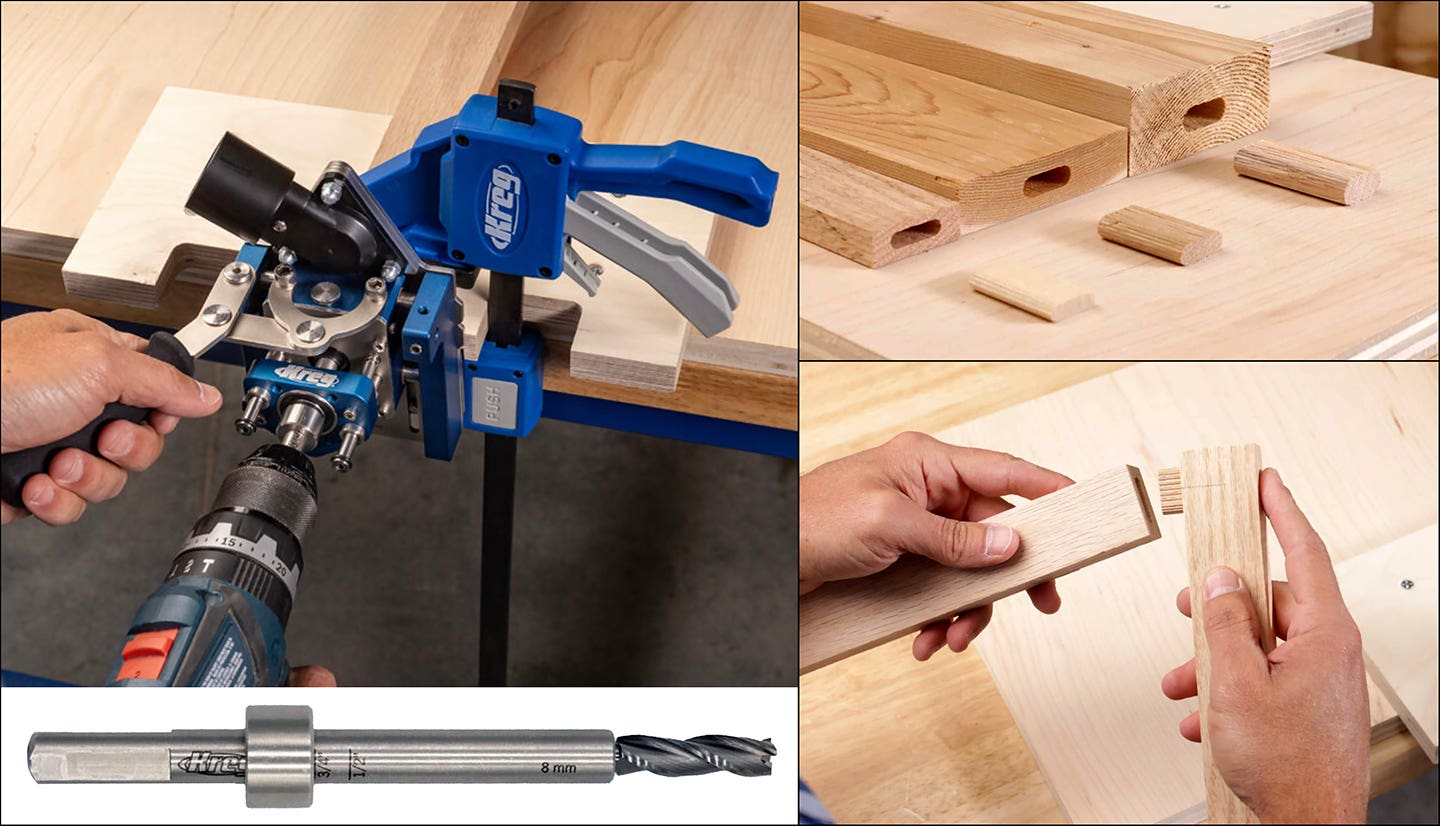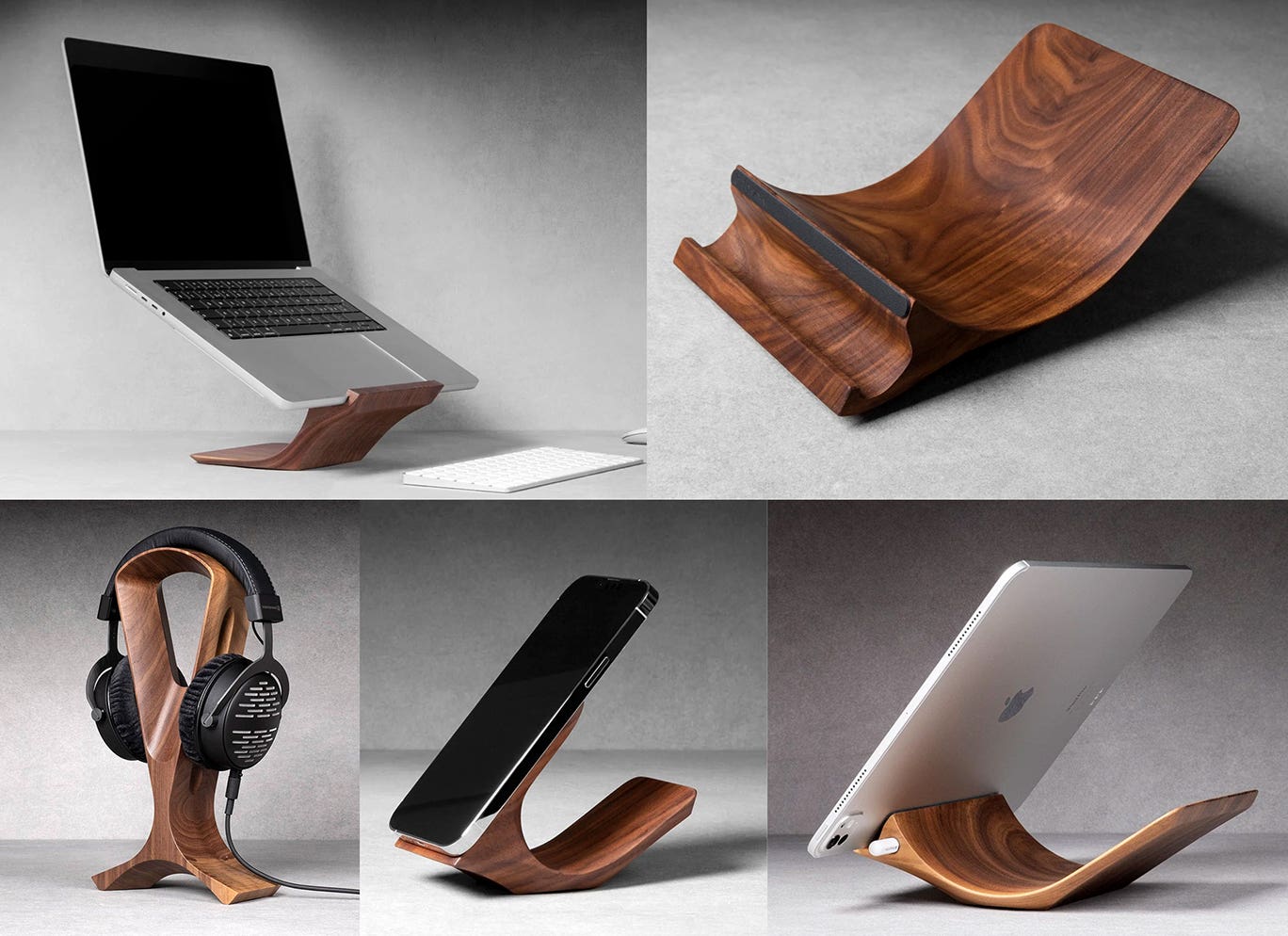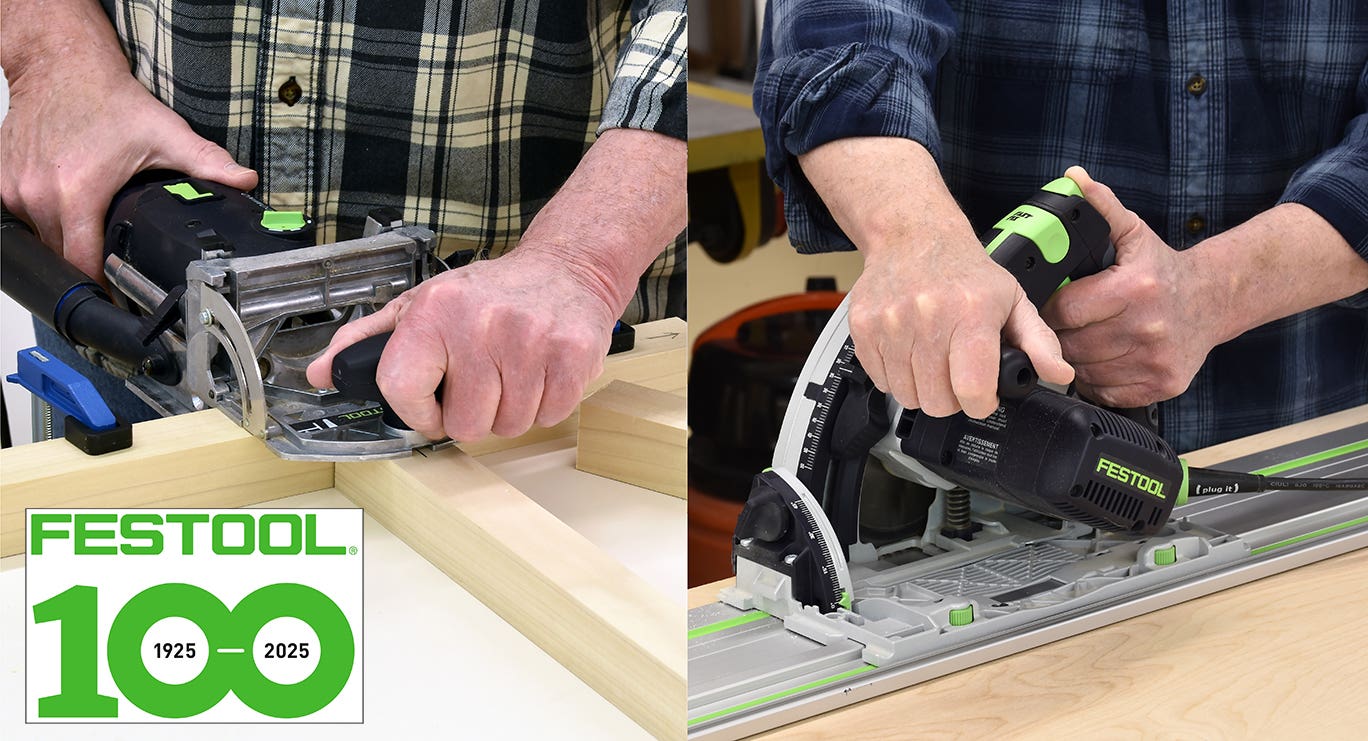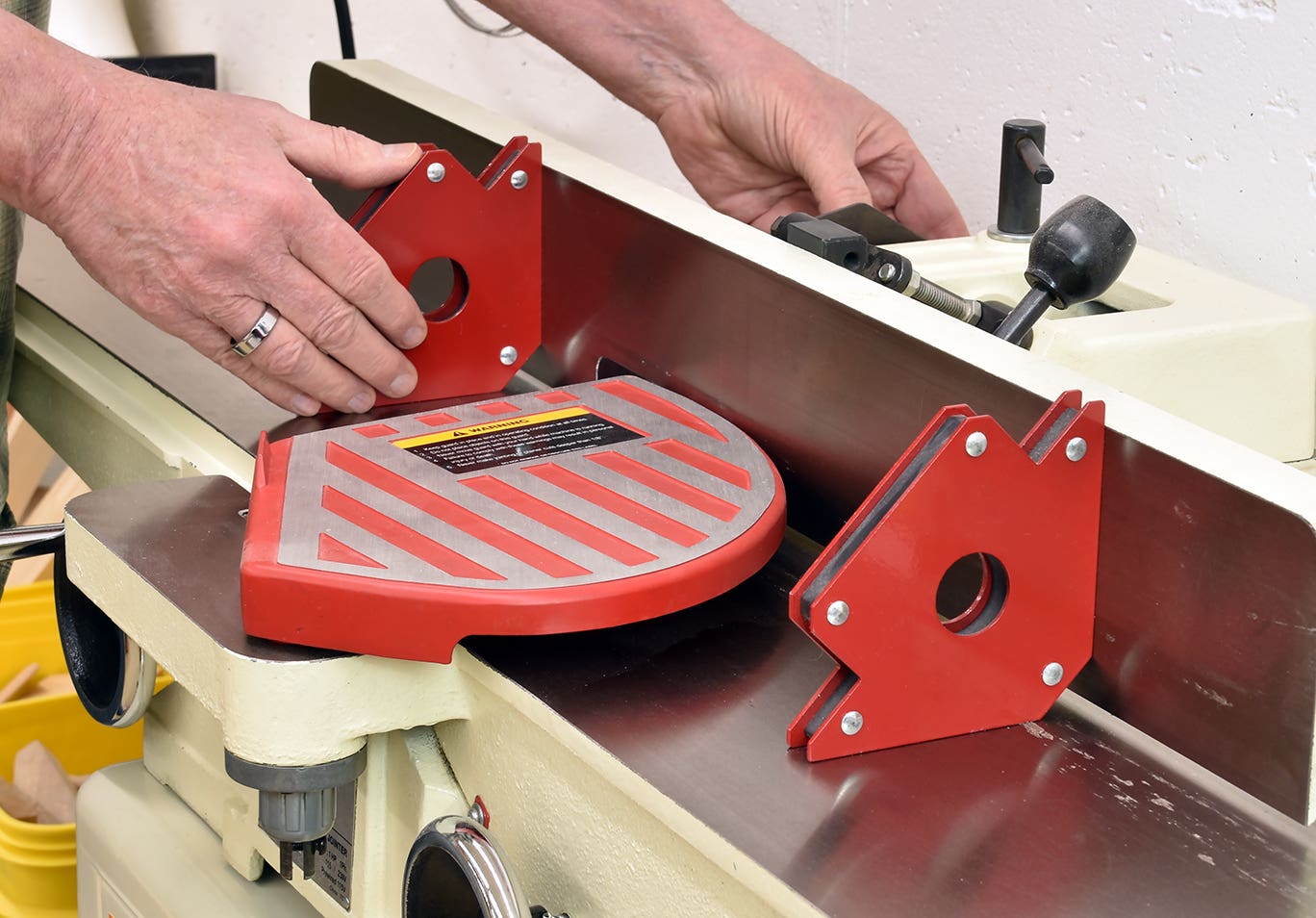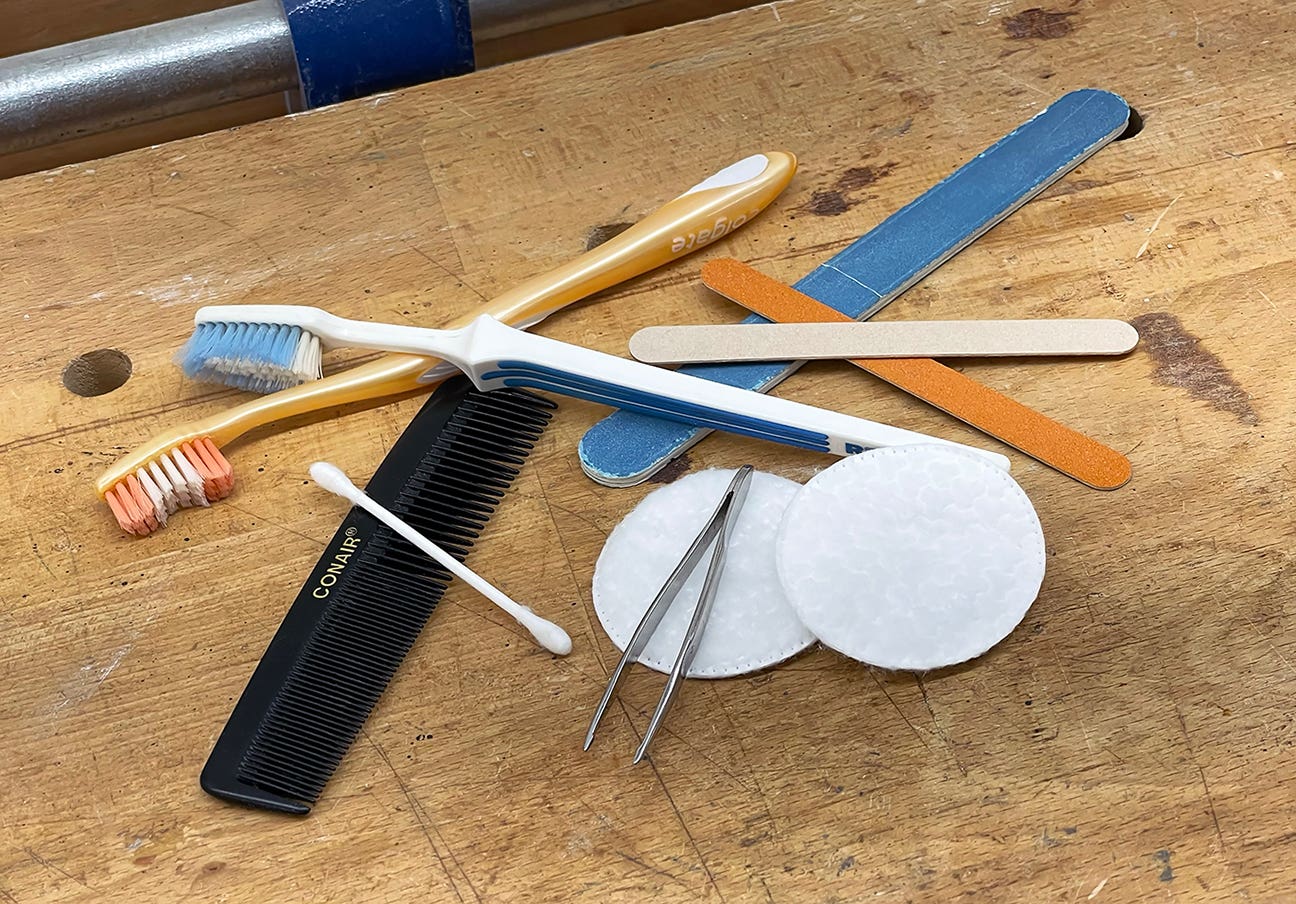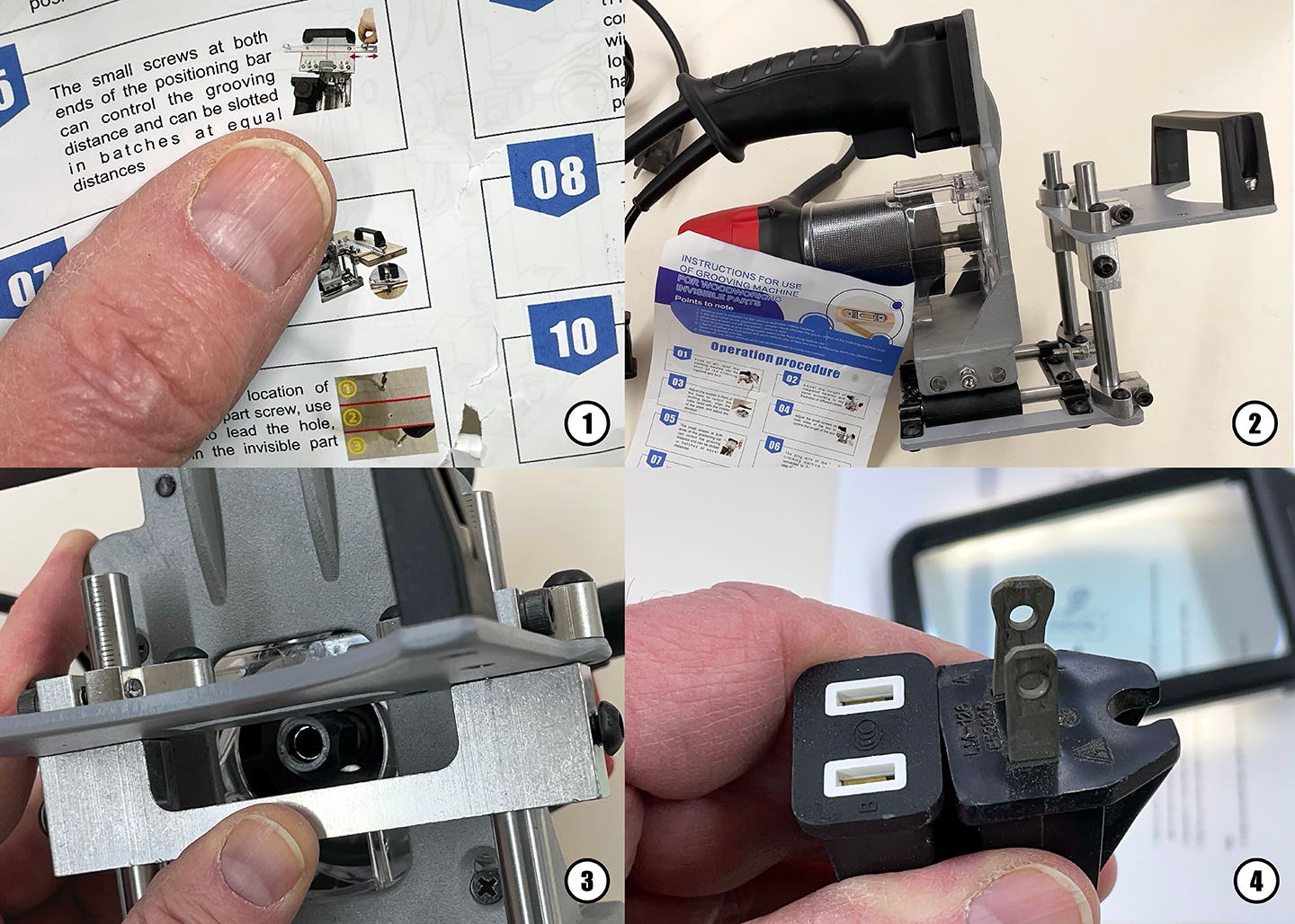Working with bamboo
In the last two weeks, three different people have asked me what I think of “this new bamboo” material. And, since I have done two jobs using bamboo, I can…
In the last two weeks, three different people have asked me what I think of "this new bamboo" material. And, since I have done two jobs using bamboo, I can actually offer an informed (albeit biased) opinion: It is the weirdest "wood" I have ever worked with!
And it's not all that new. Bamboo first appeared as a flooring material in the late 80's and early 90's. Then, several companies began offering bamboo plywood and lumber. Most people are familiar enough with bamboo in its raw state to know that it is actually a grass; not a wood. The raw material is heavily processed to convert it into useable stock. The process is very similar to the manufacturing of stranded lumber. The sheet stock usually consists of a core of strips approximately 3/8" x 3/8", bonded into a sheet. Then the core is sandwiched between two layers of "face" material approximately 1/8" thick, yielding a finished panel resembling a sheet of lumber core plywood.
One thing I can tell you about working with bamboo it that it has a mind of its own. Even though the manufacturing is amazing, the layers are rarely even. So even though the overall thickness of the material is fairly consistent, the face layers can vary in thickness. The result is that panels cut from these sheets have a good chance of not staying flat. What's more, the degree and direction of warpage or bowing can change from day to day. So a door that sits flat of the carcase on Monday may be bowed out a bit on Tursday, and bowed in on Wednesday. On Thursday, one corner may be off the cabinet face and on Friday it will be the opposite corner. On Saturday, anything can happen but don't worry because on Sunday the panel will be flat again (your exact schedule may vary).
One of the biggest selling points with bamboo is that it is a "green" material. The fact that the raw material is very fast growing and very renewable is undeniable. The question is just how much energy is needed to process this weed into usable material. Unless the factories in which this stuff is made are running on solar or bio-methane, I have to wonder just how green it really is. These products are imported from China and the last time I checked they were not winning any awards for using alternative energy.
D.D.
David DeCristoforo possesses an extensive resume as designer/maker of fine furniture, high-end cabinetry and architectural woodwork. His experience in professional woodworking spans a period of 35 years. For the past 20 years David DeCristoforo Design has been located in Woodland, California. During this time David's shop has ranged in scope from a "full on" cabinet production shop with as many as 15 employees to a small fine furniture and custom millwork shop, working with his son, David RBJ, a highly skilled maker in his own right.


